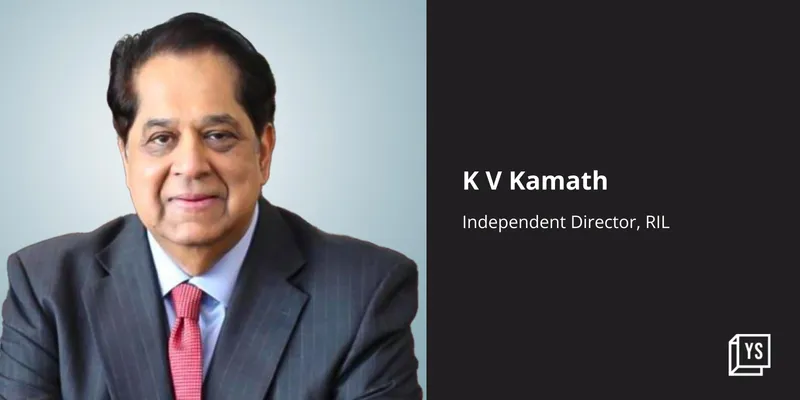Digital sector to contribute 25% of India’s GDP by FY29: K V Kamath
The contribution of digital sector to GDP now stands at 4% and its contribution is only expected to increase in the years to come.
Noted banker K V Kamath, who now chairs the National Bank for Financing Infrastructure and Development (NaBFID), expects the digital sector to contribute a quarter of the incremental GDP by the time the economy becomes a $7 trillion giant by FY29.
Currently, the contribution of the digital economy is a low 4%, whereas it is as much as 40% in China.
The government and planners see the economy becoming the third largest in the world by FY29, overtaking Japan, with a GDP of $7 trillion from the present $3.3 trillion.

Image Credit: EY
The digital economy—the digital infrastructure, ecommerce and other digital payments and services segments—can be the country's biggest growth-driver and can contribute as much as 25% of the incremental GDP by the time India becomes a $7 trillion economy by FY29. Currently, the share is a low 4%, Kamath told PTI in an interaction over the weekend.
"As much as 40% of the Chinese economy come from the digital sector today, and I don't see any reason why we can't achieve this," the former ICICI Bank chairman quipped.
The chairman of NaBFID, the newest development finance institution funded by the government, does not see any reason to stop pushing infrastructure investments as the economy has lot more appetite for more expressways, highways, airports, seaports, and high-speed railheads, discounting a question whether he sees any room for an encore of the banking crisis that befell on lenders after the government push on infrastructure during FY06-08.
"The economy has more appetite for infrastructure, and we still have a lot to do on the key infrastructure sectors of transport such as expressways, highways, airports, seaports, and high-speed railway networks. I would say on roads, we've to have more and more expressways going forward, large airports and dedicated high-speed railheads for both goods as well as passengers," Kamath said.
"More important, we can have more urban rejuvenation projects. Why to limit this to the top cities alone? Let's build more world class cities and also upgrade the existing ones," he said.
The economy will need more expressways, more airports and seaports to handle the demand of an economy that will be doubling from the present size to be the third largest with a $7 trillion GDP over the next five years, he explained.
He also does not see the asset quality of banks imploding again as happened in the last leg of the past decade as most of the infra companies went bust due to their excessive debt-driven expansion.
Edited by Kanishk Singh








